Hydroponic grow systems are an excellent choice for indoor plant cultivation, offering impressive results. These systems are user-friendly, with most models as complete kits containing all necessary components. Suitable for both beginners and experienced growers, hydroponic systems simplify the growing process once set up.
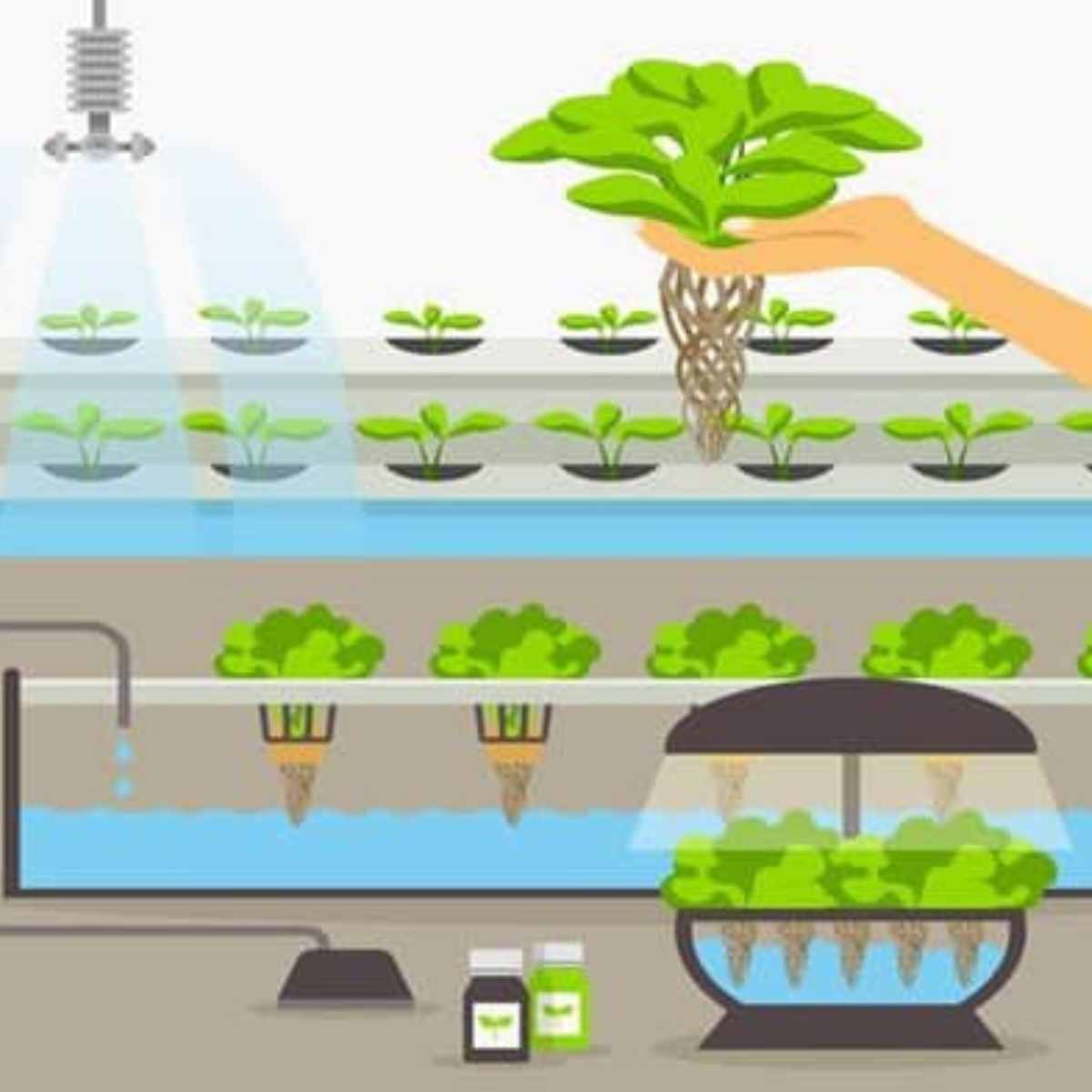
Read Next
- What We Recommend: The Best Hydroponic System
- #1. General Hydroponics Farm
- #2. DWC Bubbler Kit
- #3. HTG Supply Bubble Brothers
- #4. General Hydroponics EcoGrower
- #5. DWC Hydroponic Bubbler 8 Bucket Kit
- #6. AeroFlo 18 - Hydroponic System
- #7. H2OtoGro Self-watering system
- #8. Viagrow Ebb & Flow Tray
- #9. General Hydroponics Eco Power Grower
- #10. AeroGarden Harvest
- 3 Key Factors When Choosing A Hydroponic System
- 💬 Feedback
Note that we have categorized each model as a DWC or EAF type. Deep Water Culture (DWC) models are easier for beginners to set up and maintain, while the Ebb and Flow (EAF) are more efficient and better for plants that prefer dry conditions.
What We Recommend: The Best Hydroponic System
#1. General Hydroponics Farm
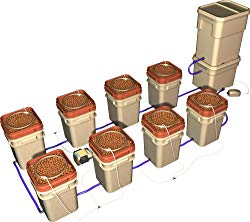


General Hydroponics GH 4720 model is one of the best hydroponic systems out there.
It has eight growing sites that can be filled with 11 gallons of water.
If you wish, you can also expand this size up to 12, which can be done on a single controller. Because of the number of buckets and their size, this system is the best for users with medium to large growing operations.
You’re also receiving a 12-gallon reservoir and an 8-gallon controller unit; this model can be seen as a kit because you really get all that you need for starting.
Besides that, you’re also getting installation hardware and materials and the brand’s Hydroponics Flora series nutrients.
This system is an EAF type, which means it is more efficient and better for plants that need dry conditions.
- It can be expanded to 12 units
- Comes with a 13-gallon reservoir
- EAF-type hydroponic system
#2. DWC Bubbler Kit
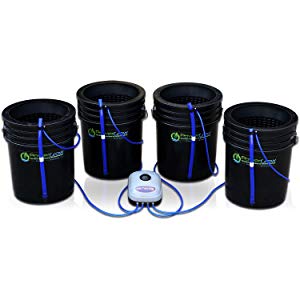


This time, you’re looking at a DWC-type system, which stands for Deep Water Culture. The benefit of DWC systems is that they are easier to set up as well as maintain, which is crucial for beginners who may not exactly know what they’re doing.
This system is ideal for those who don’t need a huge number of growing sites and want something easy and cheap to start with.
This particular model comes with four 5-gallon buckets that are FDA-approved. Besides the main buckets, you’re also getting air pumps, airlines, air stones, and net pot bucket lids.
An interesting thing is that all buckets have a drain and water level indicator, which will be really helpful when you need to water your buckets. Medium and large-sized plants can be grown in buckets, but do note that large plants may not reach their maximum growth size.
- Four 5-gallon growing sites
- DWC-type hydroponic system
- Great for small to medium-sized plants
- Easy to use complete Deep Water Culture Hydroponic System! 4 Growing Sites!
- Deep Water Kit Includes Air pump, air lines, air stones, 6" basket lids, (4) 5 gallon buckets + 1 Year USA Warranty
- Each Deep Water Culture bucket includes a water level indicator and drain so water changes are easy!
- Easily grow plants to maturity with the PowerGrow Deep Water Culture Kit - Made in the USA!
- Let's you grow 4 different plants to maturity in one system!
#3. HTG Supply Bubble Brothers
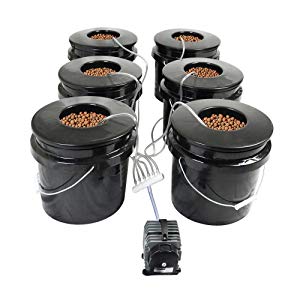


Coming from HTG, we have another DWC hydroponic system with six growing sites that can fit 3.5 gallons of water. You’ll save a lot of space with this model, as the buckets offer a really low profile.
With this medium-sized system, you get net pot lids, two-inch air stones, and fifty feet of air tubing to connect everything. There is also a 1-liter bag of clay pebble grow medium included; the only thing that is missing here is the nutrient packs.
The only downside of this model is that it features an air pump that is larger than most models; this means that you will have a powerful air pump that emits a ton of noise.
If you have small to medium-growing setups, then we recommend this model as it offers you a good price and performance ratio. HTG’s bucket size is best optimized for medium-sized plants.
- Six growing sites with 3.5-gallon buckets
- DWC-type system
- Comes with a powerful but noisy air pump
- Bubble Brothers complete 6-site DWC hydroponic system by HTGSupply
- Includes: (6) Space-saving 3.5-gallon low-profile buckets, (6) RhizoCore advanced 6" net-pot lids, (1) 715-gph high-power commercial air pump with 6-way divider, (6) larger 2" premium air stones, (1) 50' roll ¼" air tubing
- Comes complete with 10-liter bag of high-quality clay pebble grow medium
- Electrical (air pump): 20 watts, .16 amps @ 120v
- Assembled buckets measure: 10-⅞" Tall x 12" Wide (each)
#4. General Hydroponics EcoGrower
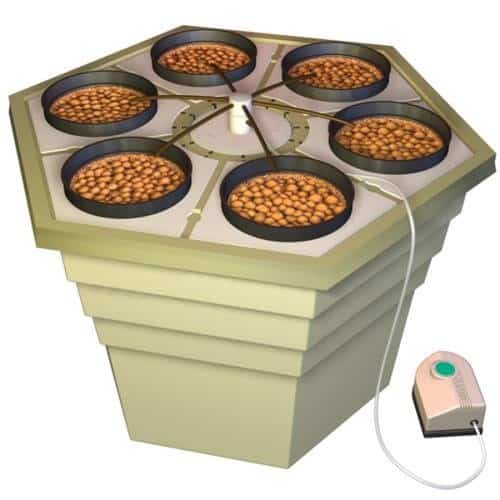


This time, we’re looking at yet another General Hydroponics model, but this time around, we’re looking at a type DWC model. It is common for hydroponic systems to feature growing sites that are independent of each other, but with this model, you’re getting an all-in-one solution with 6 buckets integrated into one growing site.
The system has six growing sites that can fit just one gallon of water; it also comes with a 17-gallon reservoir. It is very compact as it only needs about two by two feet of space.
With a hexagonal reservoir, you’re getting maximum volume in a small space. With the kit, you get lid inserts, net cups, pumping columns, CocoTek liners, an airline, clay pebbles, and some much-needed flora nutrients.
- All-in-one design with six growing sites
- Compact hexagonal design
- DWC-type system
#5. DWC Hydroponic Bubbler 8 Bucket Kit
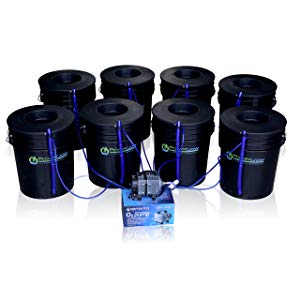


If you’re growing small to medium-sized setups, then the PowerGrow DWC will be optimal for you as it has eight 5-gallon buckets. The kit is entirely expandable and comes with various items such as an air pump, airlines, air stones, and basket lids.
This model also has drain and water level indicators, which will be useful later on. The air pump is a bit larger than other models, which means you’re getting a powerful one, but don’t expect a silent environment, as the noise it emits will be noticeable.
All you need with this model is growing medium, nutrients, and of course plant babies, the rest is provided in this kit. Note that since the buckets are 5-gallon types, you can even grow large plants and have them reach their maximum potential.
- Comes with eight 5-gallon FDA-approved buckets
- DWC-type system
- Can grow large plants up to their full potential
- Deep Water Culture (DWC) Hydroponic System Grow Kit
- Large 5 Gallon Square Buckets, pre-drilled
- Reservoir Bucket Connected to 4 Grow Buckets with ¾" Fittings
- Package Includes: 5 x Square 5 Gallon Buckets, Lids, 4 Net Pots, 15L/min Air Pump, Air Stones, Fittings, Tubing and 3L Clay Pebbles
- ¾" Tub Fittings With 2 Silicon Washers Provide Reliable Water Tight Connections
#6. AeroFlo 18 - Hydroponic System
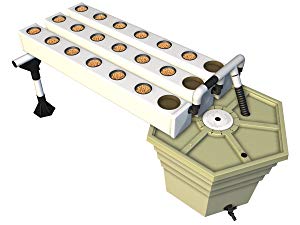


AeroFlo made a strange but intriguing design; this is another all-in-one system with an amazing 18 growing sites. Even with its large reservoir that can fit 17 gallons of water, you still get a powerful yet compact solution.
All of the 18 buckets are split into three rows, with each one being 4 feet long. In this kit, you get a pump, injection manifold, support structure to hold up the ends of the rows, CocoTek Coco cups, Hydroton, and a three-part flora kit.
We don’t recommend growing large plants with this system, as the buckets are only three inches across. You’ll be able to grow large plants but they won’t reach their maximum potential, instead, we recommend you grow small plants that can grow up to three feet in height.
This system is also a great option if you have a system meant for larger plants, which you don’t want to waste by using for smaller ones.
- Small all-in-one design
- 18 growing sites with a 17-gallon reservoir
- DWC type system
#7. H2OtoGro Self-watering system
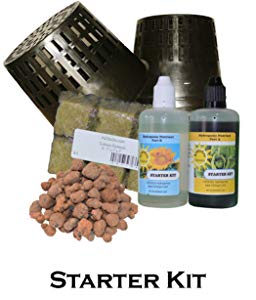


Here, we have a complete kit by H20toGro, which will provide you with everything you need for starting out, ranging from nutrients to growing mediums that will help you as a beginner. It is a DWC-type setup with an all-in-one design that only takes 18 by 12.5 inches of space.
The buckets are very similar to the General Hydroponics Aeroflo when it comes to size, but this model has fewer buckets, only 6. On the other hand, this makes it a great system for users with small to medium-sized farms.
The buckets are FDA-approved and are made out of food-grade polyethylene. Water indicators are featured on the reservoir, which will help you see when your plants demand water.
Don’t worry about any algae growing because of the indicator, as it emits a blue color, which will prevent algae from growing. When it comes to weight, this system is compact as well since it only has 6 pounds when emptied.
- Great system for beginners
- Bluewater indicator on reservoir
- DWC type system
#8. Viagrow Ebb & Flow Tray
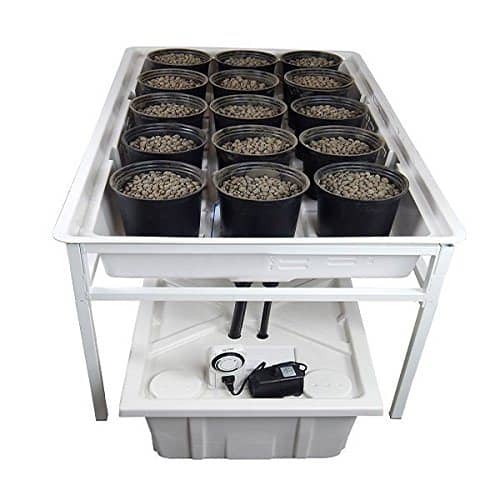


This EAF-type hydroponic system is great for starters, giving you everything you need. Viagrow provides you a setup with a 50-liter bag of their Viagrow grow rocks; all you need to do is add light and nutrients.
The rocks included in this system are meant for flood and drain systems because they provide high-oxygen access to plant roots. Viagrow’s system comes with ten 1-gallon buckets that are placed in a two by four feet flood tray, this is all placed over the 20-gallon reservoir.
The tray and reservoir are made of food-grade material, so there is nothing to worry about. This system has flood and drain tubing, a via grow 211 submersible pump with a reusable filter, and a grounded timer for watering and feeding.
- Comes with a 50-liter bag of Viagrow grow rocks
- EAF type system
- Great for growing small to medium-sized plants
#9. General Hydroponics Eco Power Grower
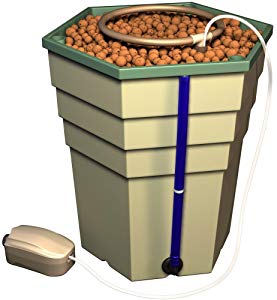


General Hydroponics tends to create kits for both beginners and advanced users, and this system is one of the best for starters. The hexagonal design is very space-efficient, only measuring 16 by 13 by 15.5 inches.
It has a three-gallon bucket that can grow plants of every size, but if you want your larger plants to reach their full growth size, then don’t expect that.
The reservoir can only be filled with 5.7 gallons of water; note that different General Hydroponics Controller systems can use this reservoir. You can use this kit as a stand-alone system and integrate it with other hydroponic systems.
- Single growing site great as a standalone system
- It can be used with controllers of other General Hydroponic models
- DWC type system
#10. AeroGarden Harvest
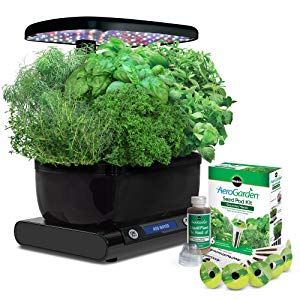


The AeroGarden Harvest is slightly different from the other hydroponic systems on this list. This model is a lot smaller than the other ones, and it is aimed at home users who want to grow fresh herbs, vegetables, salad greens, and flowers.
This makes it a great minimalistic choice for users who want to have fresh plants by their side.
You can place up to 6 plants at a time in this single growing site. Everything is grown in water, and all you have to do is add nutrients. 20-watt LED lighting is already included in this system, and you can tune it to be compatible with the plant you’re growing.
An LCD control panel indicator will show you when you need to add water and when you should add nutrients. Note that a pack of nutrients is already included in this home-growing kit.
- A great choice for growing fresh herbs, salad greens, and vegetables
- Up to 6 plants can be grown at a time
- Aimed at users who want a countertop garden
>>>Read more: AeroGarden Product Reviews
3 Key Factors When Choosing A Hydroponic System
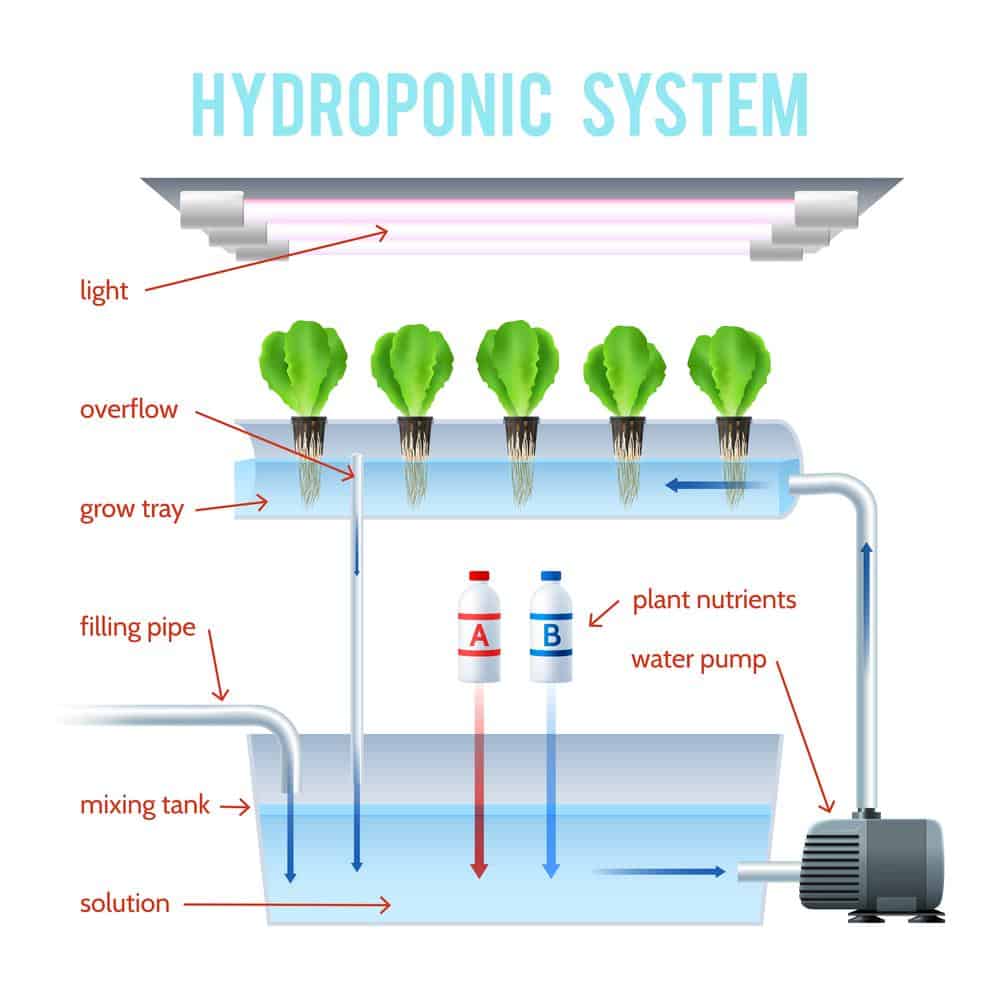


When selecting a hydroponic system, it's important to choose one that meets your specific needs rather than just opting for the highest-rated model. Keep these key factors in mind:
Space Considerations
- Assess the available space you have for the hydroponic system. While they are not industrial-sized, some systems with multiple growing sites may require a whole room. Conversely, smaller systems can fit conveniently on a kitchen countertop.
Energy Efficiency
- Transitioning to a water-based growing system means higher electricity usage. A standard 1,000-watt bulb, for instance, could add significantly to your monthly electricity bill. Over time, the efficiency of bulbs and other electrical components may decrease. Choosing an energy-efficient system can lead to long-term cost savings.
Automation Features
- A basic hydroponic setup without support features will require you to manually manage nutrient levels and temperature. To reduce this hands-on effort, consider systems equipped with monitoring technologies. These can track water levels, temperature, and humidity, automating much of the plant care process.




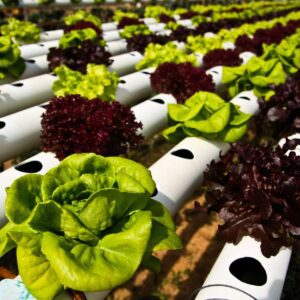
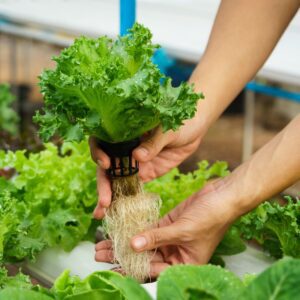
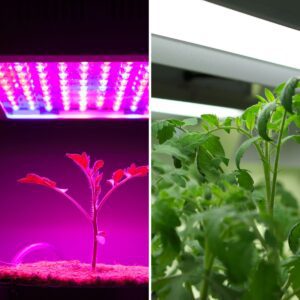

Comments
No Comments